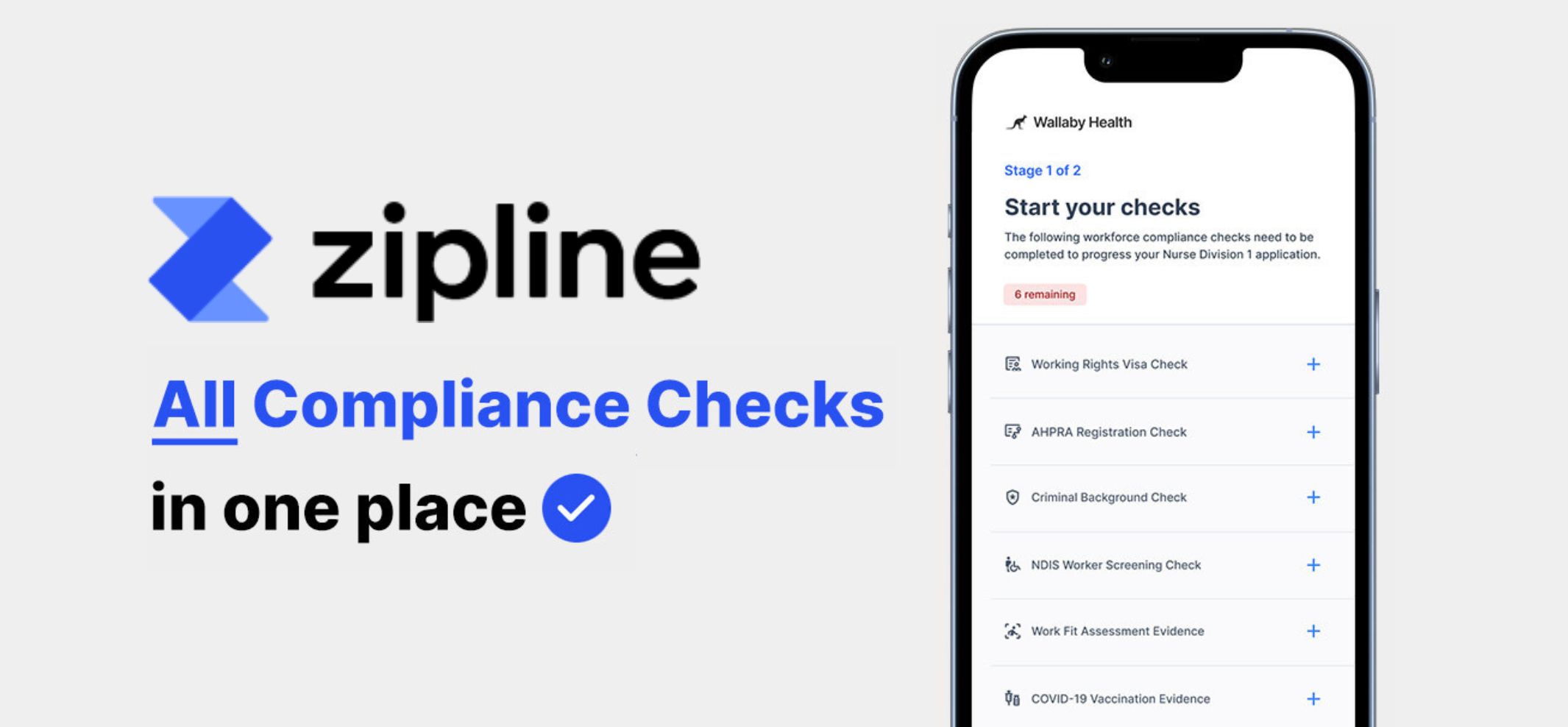Australia’s healthcare system is feeling the weight of ever-growing demands.
Healthcare professionals have long felt pressure to deliver fast and precise support to the most vulnerable.
This group is only increasing, with those aged 65 and over predicted to grow by 54 per cent through to 2041, putting further demand on an under-resourced sector.
The pandemic isn’t too far in the rear view, with long shifts, overtime and shifting roles and responsibilities causing considerable stress among workers. In fact, a survey by The Royal Australian College of General Practitioners found three-quarters of GPs feel burnt out.
The residual effects are no doubt contributing to people turning their backs on the healthcare profession and widening the gap between demand and supply. Australia alone, another study predicted a shortfall of more than 200,000 full-time health workers through to 2050.
Resource shortages are impacting the availability of emergency services, with long wait times and life-threatening delays now commonplace across Australia. Last year the Victorian state parliament found hundreds of people have waited more than 24 hours in emergency departments. The year prior, between July and September, just 65.6 per cent of ED patients across New South Wales were treated within the appropriate timeframe for their illness.
Yet, as the demands of the population soar, so does the potential of an emerging ally – artificial intelligence (AI). Tools performing tasks with human-like intelligence have been dubbed ‘one of the most significant industrial revolutions of our time’ and will reportedly contribute AU$315 billion to the Australian economy by 2028.
On the small end of the scale, generative AI tools like ChatGPT are being used by millions of people to have their questions answered and to achieve a baseline understanding of new topics.
In the healthcare sector, there are numerous examples of AI being used to improve disease diagnoses, treatment and prevention, from the doctors using it to analyse mammograms to detect 20 per cent more cancers, to those who have compared reams of data with electrical brain activity to match patients with the most suitable anti-depressant medication.
We aren’t going to fix staff shortages overnight. It’ll be a progressive slug that will require policy review and aggressive education and skilling.
At the same time, we can’t sit idle and cope. In the current state of healthcare, it’s imperative to turn our focus to what we can improve, and the ways AI will alleviate day-to-day workloads for medical staff, and by extension, provide more efficient care to patients.
The advancement of AI has created opportunities for healthcare providers to supplement the work of doctors, nurses and other healthcare staff who lack the hours in the day to juggle administrative tasks with caring for patients.
AI can be interlaced within hospitals’ and clinics’ processes to proactively feed professionals patient information as they need it. This removes the need to run to the desk and scavenge through troves of information to figure out basic matters like meals and schedules, or complex treatment requirements. Instead, it can be at hand while a nurse or doctor is with a patient.
The conversational capabilities of a chatbot can also be deployed to handle frequently asked questions and every-day tasks for individuals before they even visit a doctor. For example, a patient could access basic information such as the time of their appointment and where it’s taking place, through to more nuanced topics such as typical wait times, the languages spoken by staff at the hospital and any personal restrictions on a patient’s behaviour after the appointment’s taken place.
Providers can also add a layer of personalisation by integrating clinical decision support system and existing medical records into AI capabilities, allowing the technology to provide answers based on a patient’s history.
In the event AI can’t solve a query, providers can automatically hand off to an agent, administrative staff member or clinician. By drawing upon the patient’s medical records, call history and voice-based sentiment, based on natural language processing (NLP), conversational AI can match them with the professional best suited to solve their query.
AI is not intended as a replacement for healthcare provided by professionals, nor is it intended to solve all queries. Its strength lies in acting as an intelligent assistant for healthcare professionals and administrators by handling calls that come to the front desk, and then elevating the patient experience through seamless service delivery. Embracing this technological frontier can alleviate strain, improve efficiencies and ultimately ensure the well-being of Australians.
Gerard O’Rourke is Strategy and Business Operations Director for Australia/NZ at Avaya.




















Upcoming Events
6th Annual Aged Care Week
June 25, 2025
Subscribe
We send emails,
but we do not spam
Join our mailing list to be on the front lines of healthcare , get exclusive content, and promos.